Dynamometer Testing Oversights
September 6, 2023
Avoid These Pitfalls To Produce Repeatable Results
Original Article Published by Steve Matthiesen for Performance Business, September 2009
Have you ever wondered why the shop down the street makes more power than anyone, but can’t seem to do better than fourth place on Saturday night?
Perhaps the answers are in the details of how consistent the dyno shop is when testing (think consistency!) and how well it prepares for each test, (i.e., who checks for fuel specific gravity anymore?).
Whether using an engine dyno (where it’s easier to control the details) or a chassis dyno (where it’s easier to test the engine but the details are harder to control), the key lies in meticulous attention to details and the reduction of variables. Here are five important testing oversights to avoid when striving for consistent, accurate dyno testing.
1. Comparing Different Testing Locations
If you like fiction, you’ll like this adage, “It makes no difference where I test my engine, the air density correction factors will make my engine numbers comparable no matter where the testing took place.”
Look closely at all of the various accepted air density correction formulas. We work with several on a daily basis including, (DIN 70020, EEC 80/1269, ISO 1585, SAE JI 349).
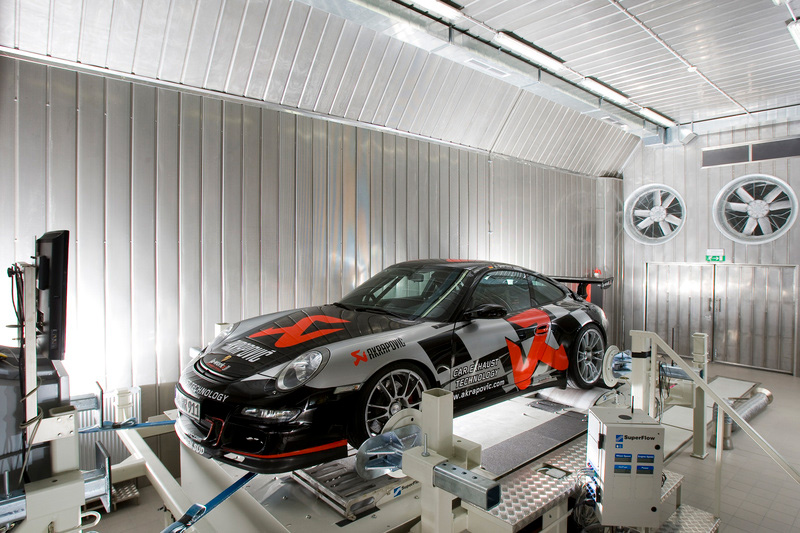
They all state if a variance is greater than 3 percent of what you’re trying to correct to, it is suspect. For example, if your testing in Denver and want to compare results with a buddy in Charlotte, you want to correct to SAE JI 349-acmospheric conditions to air temperature of 77 degrees, 29.235 inches-Hg (990mb) actual pressure and 0-percent relative humidity. The only prize you win is being close to 77 degrees. The rest of the corrected numbers are so far off scale you only see what you want to see.
On the other hand, if you’re in Denver and you want to compare power and torque numbers on your dyno on a day-to-day basis, then your testing is probably valid because it’s unusual for there to be a significant atmospheric variance between tests day to day. In this case, it works.
2. Fluctuating CO Levels
It’s important to control what your engine is breathing during testing. As a reference, it takes about 12 parts-per-million (ppm) of carbon monoxide (CO) to give you a headache and a lightheaded feeling. At about 20 ppm, your engine also feels the difference.
Many times, we see a dyno session where CO continued to build up in the engine test cell from small exhaust leaks or in an area surrounding a chassis dyno. Everyone wonders, “Why doesn’t the engine repeat? Why is it down on power? Why is my head buzzing?”
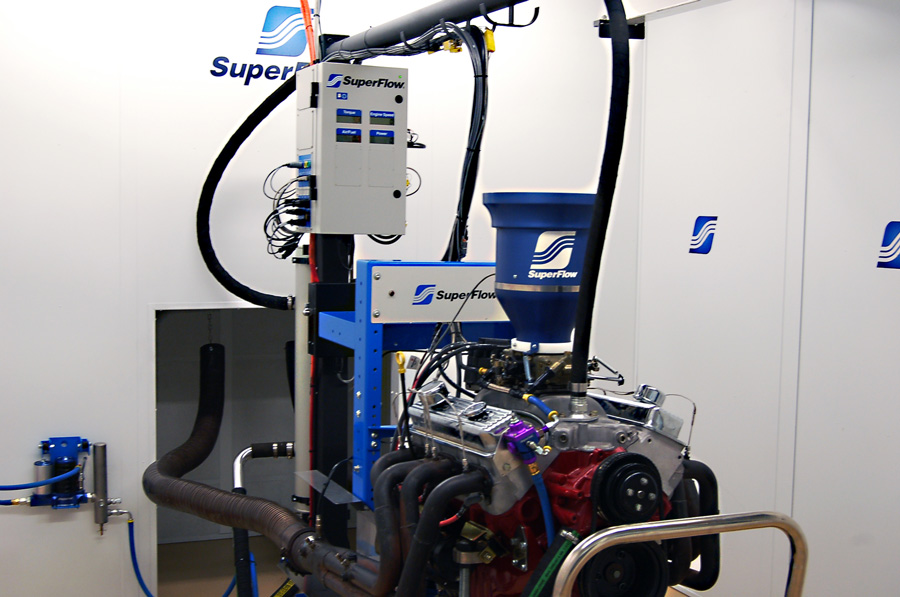
Clean air is paramount, so don’t place your fresh air intake next to the paint booth while the boys are redoing your hood. At the other extreme, NASCAR teams have been known to spend hundreds of thousands of dollars controlling the air their engines breathe. Humidity is controlled. Air temperature is controlled. Air pressure (barometric) is controlled, even to the point of compensating for air pressure loss due to what the engine consumes and exhausts within the room. They demand consistency.
3. Inconsistent Engine Temperatures
Always control the engine temperatures. The secret to obtaining repeatable results is beginning each and every “pull” at the same engine temp.
Oil and water temperatures can heavily influence how well an engine repeats. We’ve seen testing that uses a window of 2 degrees. If the engine’s oil temperature is outside the 2 degree tolerance, the test doesn’t begin.
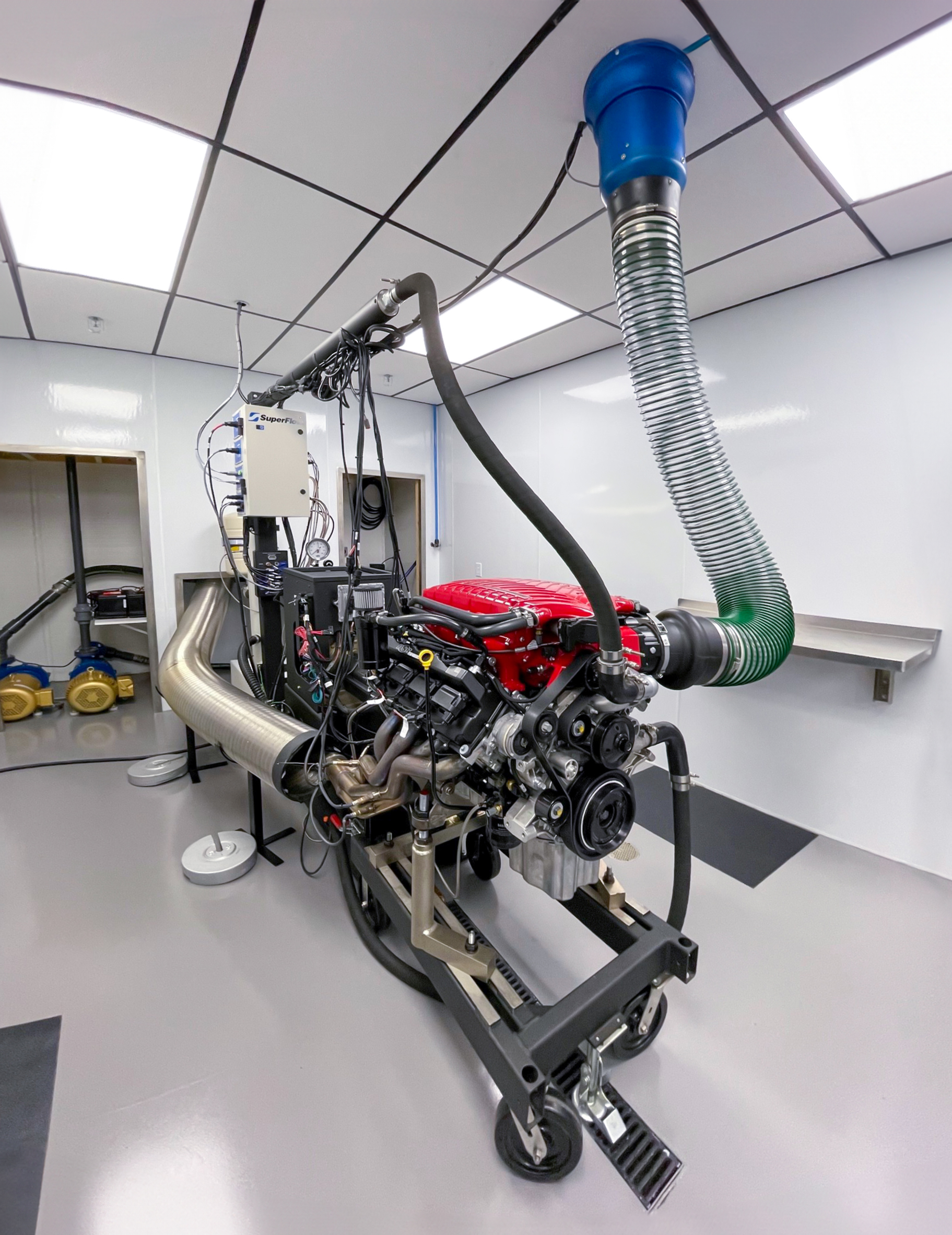
Obviously, in these cases, an engine ream may be looking for a gain as small as 0.25 hp, but they will actually find that difference and know it’s real – and not attributable simply to the difference in water temp from one test to the next. We all know how much money goes into engine development for a NASCAR team or any factory race ream. These folks don’t like chasing “temperature ghosts,” so why should you. You probably don’t need a “Super Zoot Capri” temperature control system for your engine, but common sense sure can make a big difference.
Have you ever looked at the temperature of your fuel when testing? From day to day? lt can make a big difference. Ask anyone who plays with diesel fuel.
4. Differing Acceleration Rates
What kind of a test is being run on the dyno? Is it a controlled rate of acceleration test or a step test or just an inertia test?
It really doesn’t matter if you’re testing with an engine dyno or a chassis dyno. The point is that you can’t compare a test run at one rate of acceleration with another one at a different rate.
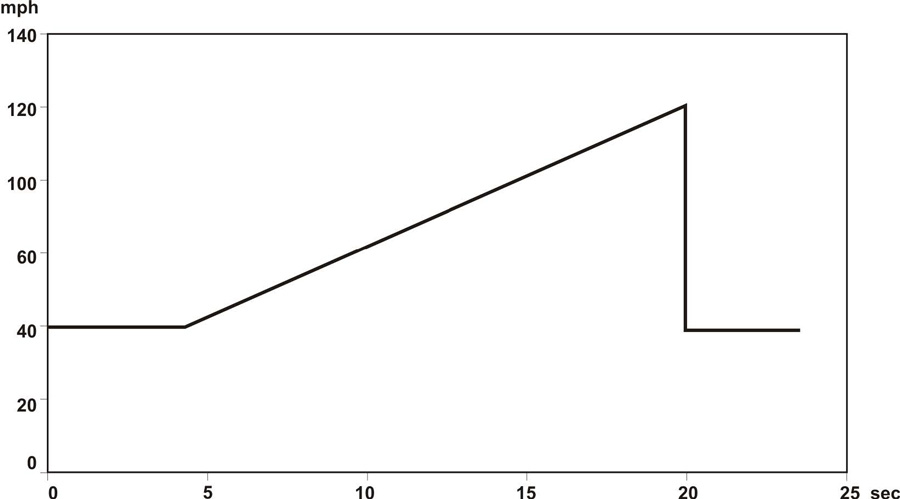
It seems obvious, but many times people will compare one test with a controlled acceleration rate of 200 rpm/sec (or, in the case of a chassis dyno 10 mph/sec) and another test done at 500 rpm/sec (or, in the case of the chassis dyno an uncontrolled inertia-only rest).
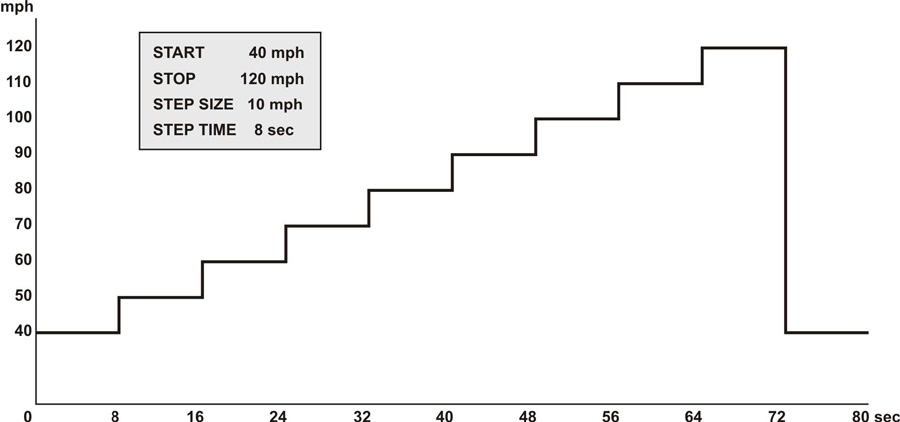
In the end, you come up with two totally different sets of torque/hp numbers/graphs. Why? Because it requires power to accelerate mass. Engines have rotating mass. Chassis dynos have engine rotating mass and driveshaft mass and wheel and tire mass. Accelerating that mass requires power. So, you always see less power to the flywheel or the chassis rolls when you have higher rates of acceleration. If you want to see your highest power numbers, just do a steady state test or step test and log data at each step.
In this case, the engine doesn’t have to accelerate from one rpm to another and the power numbers for a given rpm will be higher than when a test is done using a high rate of acceleration at the same given rpm point.
5. Using Unverified Weights
Finally, be sure to calibrate the load cell with a set of verified weights.
Oftentimes, dyno operators can’t remember the last time they calibrated the dyno. In some instances, flywheels are used as “calibrated” weights, which is fine.
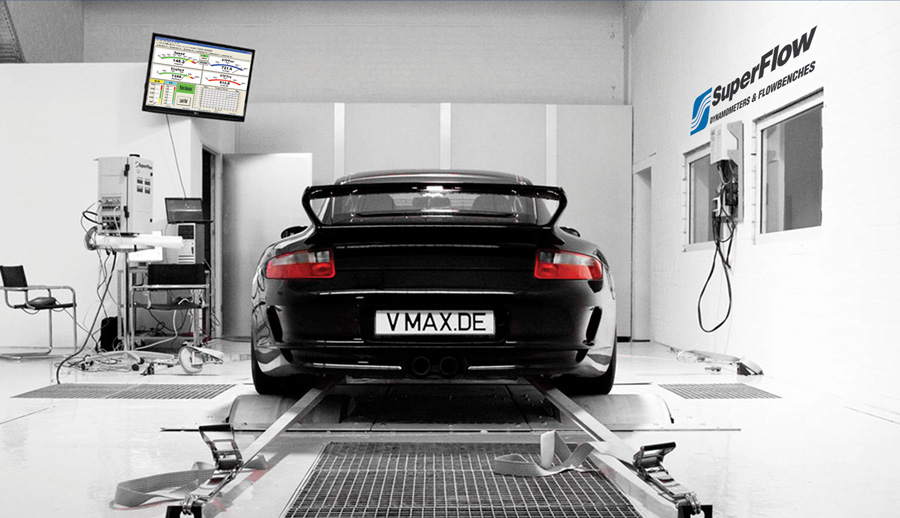
But, you might consider buying a set of calibrated weights, so you don’t have to worry whether or not “Bob” used one of those “calibrated” flywheels, then returned with a different one that looked just like it.
The key to successful testing is consistency! Meticulous attention to details and the reduction of variables creates consistent and repeatable results. Keep this is checklist handy as a reminder on how to produce reliable, dependable, and accurate test results. Please consult with your SuperFlow salesperson to discuss the best dynamometer test solution for you.
